After months of avoiding the inevitable, Rishi Sunak has announced that the UK has entered a recession. As figures show economic shrinkage of 0.2% between June and September and is forecasted to further decline, the reality of this won’t be completely clear until end of year growth stats become available. However, this recession is predicted to be worse than anticipated, and longer than the recession that befell the UK as a result of the COVID-19 pandemic, as the Bank of England is anticipated to keep interest rates high in the face of rising inflation.
Despite this bleak outlook on the UK economy, hiring in the private equity sector shows no sign of slowing down and uninvested cash scarcely affected. Despite the economic conditions, the single biggest driver of PE hiring is PE fundraising, and the fundraising market was incredibly buoyant over the last 12-18 months. No firm will risk the reputational damage of returning/downsizing these funds, so while the parameters, structures and diligence processes for PE investments may change in light of the new economic cycle, deployment, and the pressure to deploy, will remain high. As such, PE hiring and headcount is predicted to remain active, albeit with increased demand to hire the absolute best candidate. As a warning sign longer term though, anecdotal evidence suggests that PE fundraising has been tougher over the last quarter of 2022, which may lead to a lag-effect hiring slowdown in H2 of 2023 when the current recently raised funds are sufficiently staffed, with fewer new funds to staff come that time.
Economic Decline Increases the Value of Private Equity’s Business Model
As economic growth declines, private equity’s ability to provide stable ownership, high-calibre expertise and a potential liquidity route for business owners in a dwindling market becomes all the more attractive for management teams. The last twelve months has seen a severe lack of IPOs, so much so that the trend has been dubbed the IPO Famine of 2022, and returns have been impacted. As we enter 2023, the saying “feast or famine” will come full circle. As the PE exit market has been starved by this IPO famine, we may also see an increase in PE exits to other PE firms, again increasing deal flow for the acquiring party. We’ll also likely see continued growth in the PE Secondaries markets, as M&A teams are set to become extremely busy as this function makes its return in the market. As asset classes lower in response to recession, it will be a case of getting the timing right, to ensure the right price. Moreover, the ‘dry powder’ reserves are already being deployed across the globe. The question is what returns are the investors likely to see?
Private Equity Hiring & Candidate Fatigue
The private equity sector continues to experience a candidate-driven market, which is further compounded by employers having a small window of opportunity before available candidates begin to suffer fatigue through multiple fast-moving interview processes. Skillsets are shifting within the sector, creating further challenges for hiring processes. Adding to this pressure is the need by the market for qualified accountants, and while there is little hesitation of candidates for movement due to stability within the sector, the realities of acquiring such talent in London face the further hurdle of a small existing talent pool, further marred by the effects of Brexit. To sustain returns, it is imperative that clients consider their resources to upskill their internal workforce, as well as be prepared to upskill new employees quickly who may not have the exact market intel when starting their new role.
To discuss the topics covered in this update, your recruitment processes or new opportunities, please get in touch with Ian Parker, Manager of Accounting and Finance for the London market.








